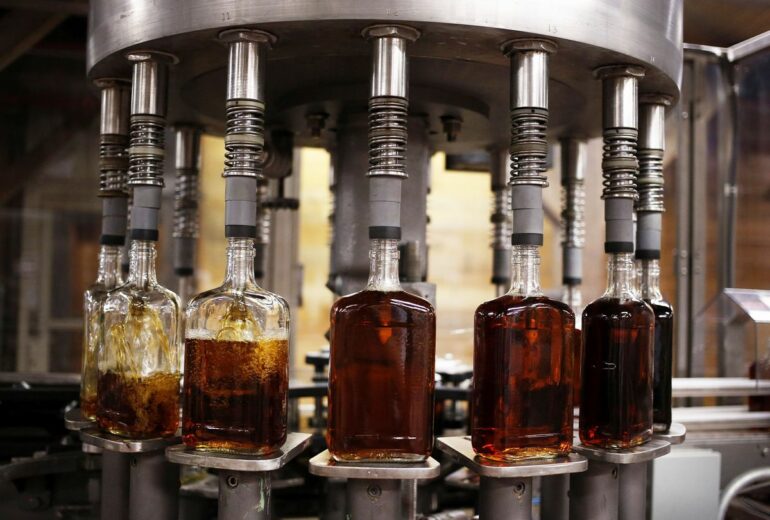Few beverages have as rich a heritage and as complicated a chemistry as bourbon whiskey, often called “America’s spirit.” Known for its deep amber hue and robust flavors, bourbon has captured the hearts of enthusiasts across the country.
But for a whiskey to be called a bourbon, it has to adhere to very specific rules. For one, it needs to be made in the U.S. or a U.S. territory – although almost all is made in Kentucky. The other rules have more to do with the steps to make it – how much corn is in the grain mixture, the aging process and the alcohol proof.
I’m a bourbon researcher and chemistry professor who teaches classes on fermentation, and I’m a bourbon connoisseur myself. The complex science behind this aromatic beverage reveals why there are so many distinct bourbons, despite the strict rules around its manufacture.
The mash bill
All whiskeys have what’s called a mash bill. The mash bill refers to the recipe of grains that makes up the spirit’s flavor foundation. To be classified as bourbon, a spirit’s mash bill must have at least 51% corn – the corn gives it that characteristic sweetness.
Almost all bourbons also have malted barley, which lends a nutty, smoky flavor and provides enzymes that turn starches into sugars later in the production process.
Many distillers also use rye and wheat to flavor their bourbons. Rye makes the bourbon spicy, while wheat produces a softer, sweeter flavor. Others might use grains like rice or quinoa – but each grain chosen, and the amount of each, affects the flavor down the line.
The chemistry of yeast
Once distillers grind the grains from the mash bill and mix them with heated water, they add yeast to the mash. This process is called “pitching the yeast.” The yeast consumes sugars and produces ethyl alcohol and carbon dioxide as byproducts during the process called fermentation – that’s how the bourbon becomes alcoholic.
The fermented mash is now called “beer.” While similar in structure and taste to the beer you might buy in a six-pack, this product still has a way to go before it reaches its final form.
Yeast fermentation yields other byproducts besides alcohol and carbon dioxide, including flavor compounds called congeners. Congeners can be esters, which produce a fruity or floral flavor, or complex alcohols, which can taste strong and aromatic.
The longer the fermentation period, the longer the yeast has to create more flavorful byproducts, which enhances the complexity of the spirit’s final taste. And different yeasts produce different amounts of congeners.
Separating the fermentation products
During distillation, distillers separate the alcohol and congeners from the fermented mash of grains, resulting in a liquid spirit. To do this, they use pot or column stills, which are large kettles or columns, respectively, often made at least partially of copper. These stills heat the beer and any congeners that have a boiling point of less than…



